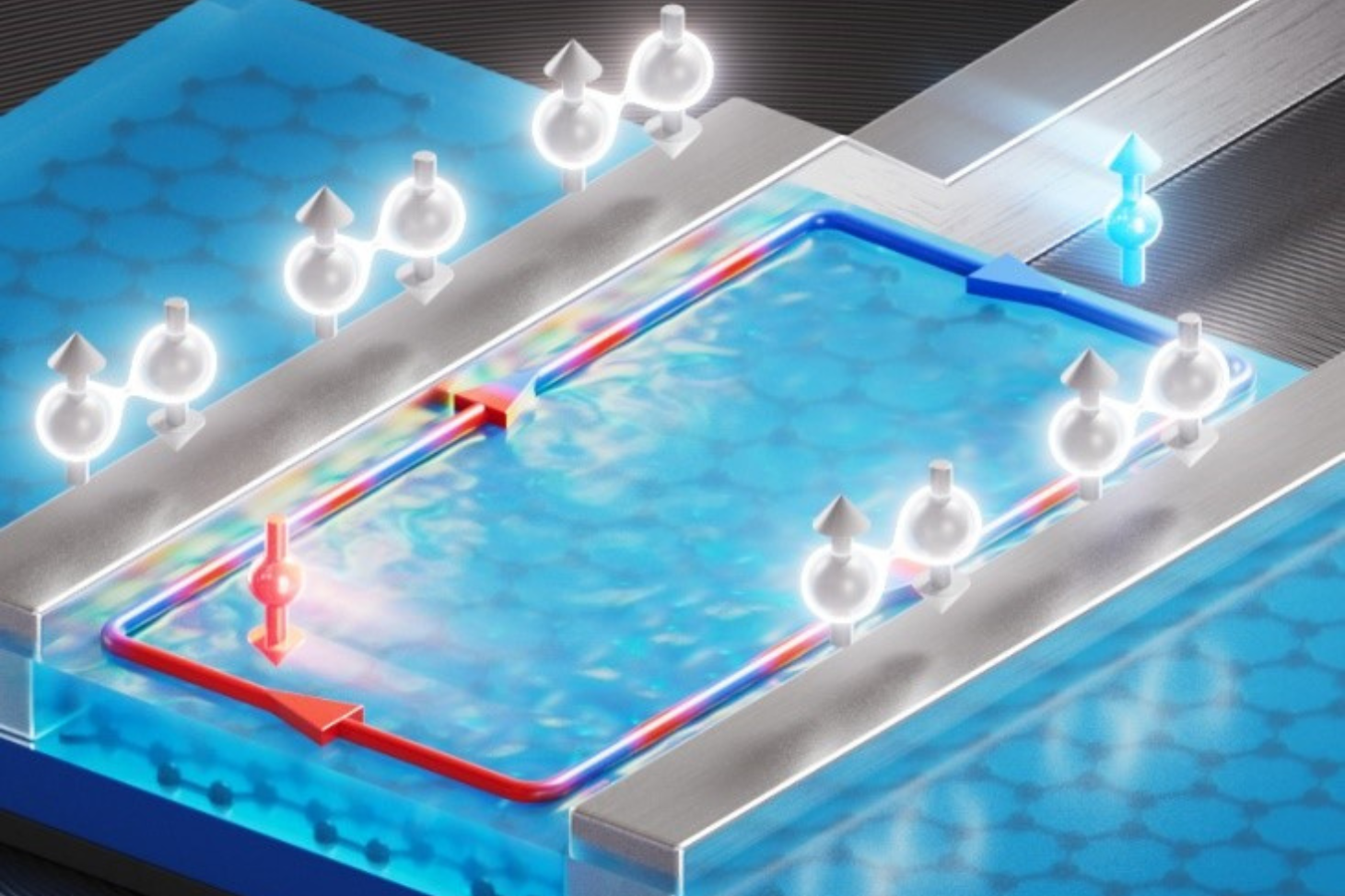Josephson Junctions in Quantum Hall Effect Regime: The Emergence of a Revolutionary Era in Superconducting Devices
Research
On November 29, 2023

In an article published today in the journal Nature, an international team of researchers, led by scientists from the University of Grenoble Alpes and CNRS, announced a breakthrough in the field of quantum physics in superconductor circuits. Dated November 29, 2023, this discovery reveals the exceptional emergence of an electron supercurrent within Josephson junctions* subjected to a strong magnetic field in the quantum Hall effect regime.
The researchers have tackled the complex challenge of associating two emblematic quantum phenomena of condensed matter: the quantum Hall effect and superconductivity. The quantum Hall effect manifests in two-dimensional electronic systems of semiconductor heterostructures under intense magnetic fields, representing a particularly hostile environment for superconductivity, especially the Josephson effect. This occurs when two superconductors transfer their superconductivity through a thin insulating or metallic barrier. Such Josephson junctions are extremely sensitive and vulnerable to such magnetic fields, typically being destroyed by a few hundred milli-teslas of magnetic field.
Despite these challenges, physicists have demonstrated the existence of a Josephson supercurrent with unprecedented properties flowing between two superconducting electrodes, connected by a graphene nanoribbon in the quantum Hall effect regime. This supercurrent is unusually transported along the edges of the graphene nanoribbon, forming a chiral loop whose rotation direction depends on the sign of the magnetic field. Electrical measurements conducted under extreme conditions (at a temperature of 0.01° above absolute zero and a magnetic field up to 8 teslas, or 170,000 times the Earth's magnetic field) have confirmed that this loop is subject to quantum interference, with a periodicity in magnetic flux quantified and equal to h/e (where h is the Planck's constant and e the charge of the electron), a unique characteristic of the chiral nature of this supercurrent.
This breakthrough marks a crucial step in the exploration of superconducting devices. It paves the way for superconducting devices in the correlated states of the fractional quantum Hall effect that can generate a new type of topological superconductivity, presenting quantum states insensitive to decoherence phenomena that limit quantum computers. These devices promise not only to expand our fundamental understanding of matter but also to offer potentially revolutionary applications in the fields of quantum computing and advanced superconducting technologies.
Despite these challenges, physicists have demonstrated the existence of a Josephson supercurrent with unprecedented properties flowing between two superconducting electrodes, connected by a graphene nanoribbon in the quantum Hall effect regime. This supercurrent is unusually transported along the edges of the graphene nanoribbon, forming a chiral loop whose rotation direction depends on the sign of the magnetic field. Electrical measurements conducted under extreme conditions (at a temperature of 0.01° above absolute zero and a magnetic field up to 8 teslas, or 170,000 times the Earth's magnetic field) have confirmed that this loop is subject to quantum interference, with a periodicity in magnetic flux quantified and equal to h/e (where h is the Planck's constant and e the charge of the electron), a unique characteristic of the chiral nature of this supercurrent.
This breakthrough marks a crucial step in the exploration of superconducting devices. It paves the way for superconducting devices in the correlated states of the fractional quantum Hall effect that can generate a new type of topological superconductivity, presenting quantum states insensitive to decoherence phenomena that limit quantum computers. These devices promise not only to expand our fundamental understanding of matter but also to offer potentially revolutionary applications in the fields of quantum computing and advanced superconducting technologies.
Supplemental Information on Topological Superconductivity for quantum computers
The recent discovery of the chiral supercurrent in Josephson junctions in the quantum Hall effect regime, using narrow graphene nanoribbons, opens the door to significant advances in two key areas of quantum physics: topological superconductivity and quantum computing. Topological superconductivity is a quantum property that emerges in certain superconducting materials or Josephson junctions. In classical superconductors, electric current flows without resistance inside the material. However, topological superconductivity goes beyond by introducing particular electronic states called topological states. These states are characterized by topological properties that provide them with unique robustness against external disturbances, especially decoherence phenomena. This property paves the way for topological quantum devices that leverage these states to create and manipulate qubits more stably and less sensitively to quantum errors. This could potentially address one of the major challenges of quantum computing: preserving quantum coherence over long periods.*The Josephson junction is one of the most studied quantum device in condensed matter physics. It consists of two superconductors separated by a thin insulating layer or a non-superconducting metal, which acts as a barrier between them. In a superconductor, current flows without dissipation due to "Cooper pairs," these pairs of electrons that quantum-mechanically pair up thanks to the vibrations of the atomic lattice. The insulating layer of the Josephson junction acts as a barrier for these pairs, but if it is thin enough, they can tunnel through it due to quantum tunneling, giving rise to a number of remarkable physical phenomena. When this barrier is replaced by a two-dimensional semiconductor like a layer of graphene brought into the regime of the quantum Hall effect by a perpendicular magnetic field, Cooper pairs are transmitted through the edge channels of the quantum Hall effect (red and blue channels). The latter transports these charges unidirectionally—chirally—forming a loop subject to quantum interference.
Published on November 29, 2023
Updated on November 30, 2023
Updated on November 30, 2023
Contact
Bibliography
Evidence for chiral supercurrent in quantum Hall Josephson junctions
H. Vignaud, D. Perconte, W. Yang, B. Kousar, E. Wagner, F. Gay, K. Watanabe, T. Taniguchi, H. Courtois, Z. han, H. Sellier, B. Sacépé
Nature. 29 novembre 2023 DOI
Full access view-only version of the article
H. Vignaud, D. Perconte, W. Yang, B. Kousar, E. Wagner, F. Gay, K. Watanabe, T. Taniguchi, H. Courtois, Z. han, H. Sellier, B. Sacépé
Nature. 29 novembre 2023 DOI
Full access view-only version of the article

